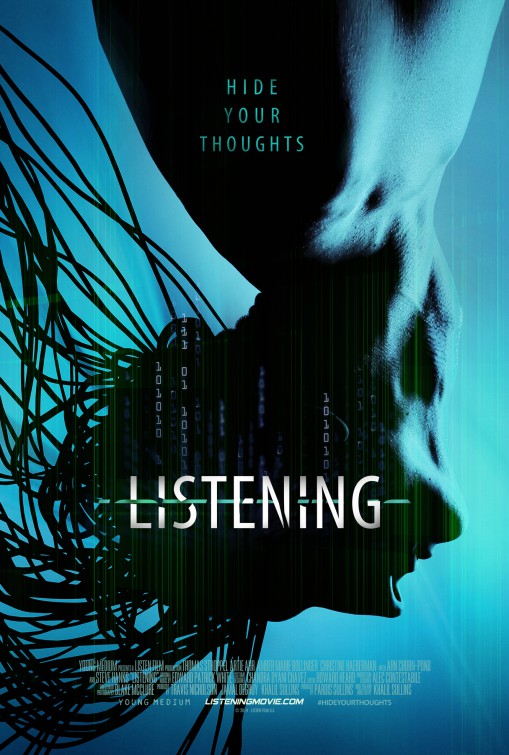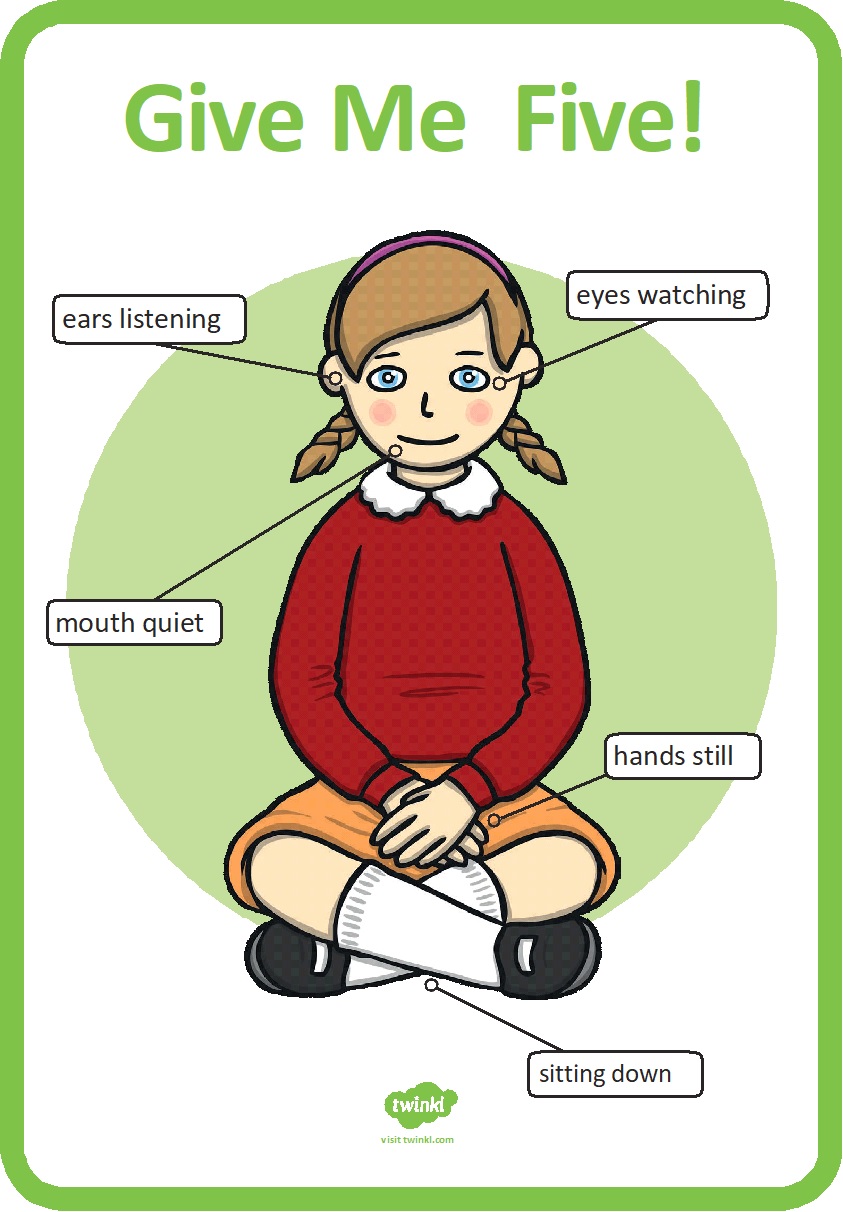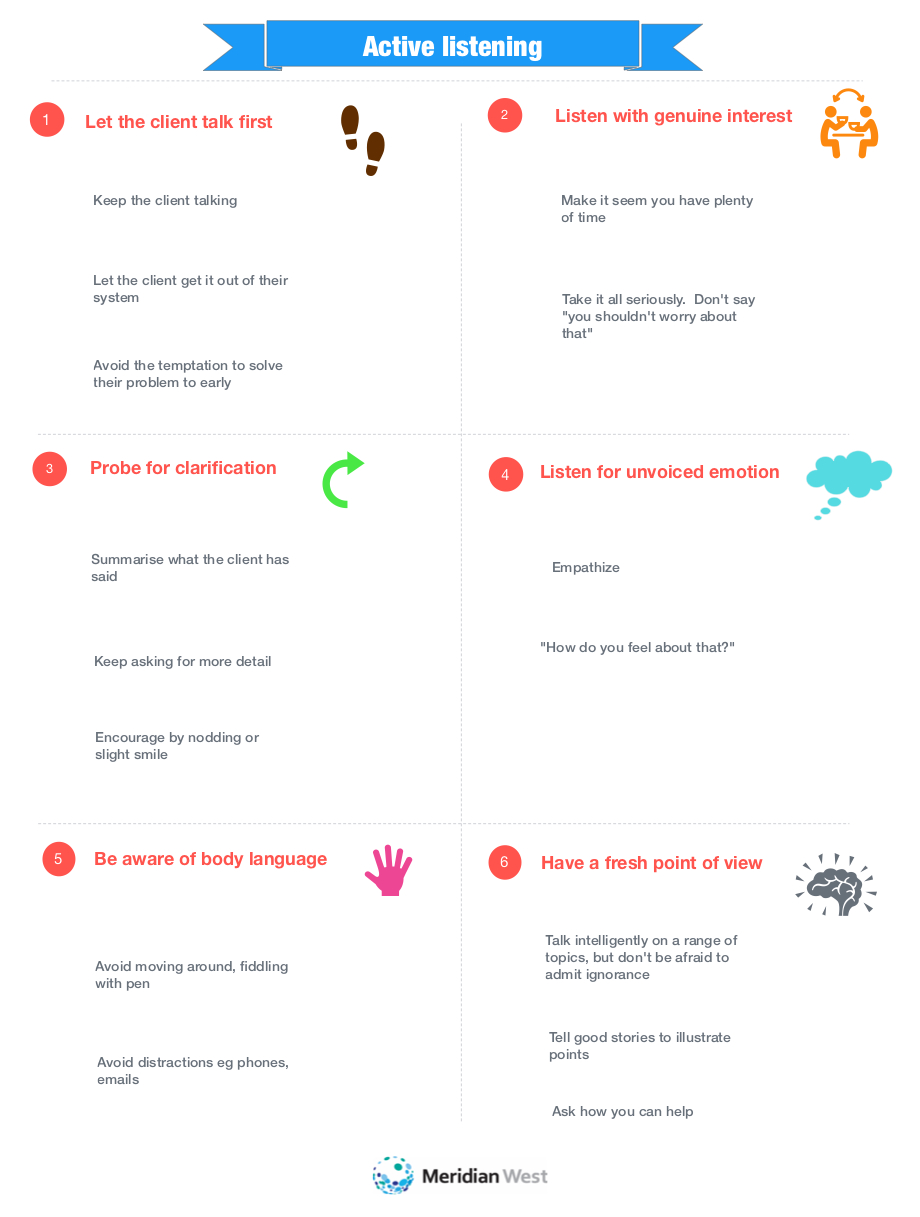

Meditation and Relaxation For Listening.Tools for Developing the Art of Listening.
ACTIVE LISTENING EXAMPLES IN MOVIES HOW TO
In this article we’ll be dissecting the art of listening as an actor coming to understand why it is so crucial for us as actors, and how to actively develop our ability to listen deeply, to take our work to a deeper level of authenticity and truth. This skill forms the foundation of our character and performance, and without it, our work is hollow- no matter how much ‘stuff’ we put on top of it. In other words, our ability to listen, deeply and truly. What is far more important and far more elusive for us, however, is the input. These are the things which are clearest for us to see in our favourite actors: accents, voices, physicality, costuming and prop work, stage combat, text work and so on. You can understand and respect another person’s point of view without agreeing with it.So much of what we focus on developing as actors are the output skills of performance. Listening isn’t the same thing as agreeing.

It can encourage your child to explain further or say more about what they’re thinking. Often when you use active listening and repeat back your child’s words, it’s like an invitation to say more, because your child feels heard.

‘When Kate did that, you felt upset because you thought she liked you’.You’re feeling angry because I didn’t talk to you before making plans for this weekend’. Try repeating what your child is saying in your own words. This is a key step in active listening, because it shows that you’ve been paying attention and you’re trying to understand. Summarise your child’s words and feelings It also helps to avoid conflict caused by misunderstandings. For example, ‘And then what happened?’Īctive listening is the best way to show your child that you’re genuinely interested and that you really care. When there’s a pause and you can say something without interrupting your child, you can ask questions that show interest. Just nodding your head and saying things like ‘I see’ and ‘That sounds hard/great/tricky. This will help you work out what your child is trying to tell you and why. It also helps to concentrate on what your child is saying rather than thinking about what you’re going to say next. You can do this by not saying things or asking questions that break your child’s train of thought. Bring your mind back to what your child is saying if your thoughts wander off.Ģ.Turn off the TV, and put your mobile phone and other devices down.Use non-verbal language to show you’re listening – for example, turn towards your child, and keep your arms uncrossed.Use eye contact to show you’re listening.It tells your child that you’re available and interested in what they’re thinking, feeling and doing.
ACTIVE LISTENING EXAMPLES IN MOVIES FULL
When you give your child your full attention, you send the message that your child is the most important thing to you right now. And good communication is central to a strong, healthy relationship with your child. Good communication with your child starts with good listening. It can help your child to think more clearly because it gives them the chance to express their thoughts and feelings without judgment or correction. Talking with you is good for your child’s thinking processes too. This can take the pressure off you to come up with answers and solve problems, and it also makes it more likely that your child will ask you what you think. In fact, the less you talk, the more opportunities you give yourself to understand what your child is saying. With active listening, you don’t have to talk too much. It can also help you learn about and understand what’s going on in your child’s life.

This is because active listening shows your child that you care and are interested. It’s more than just hearing your child – it’s tuning in to your child’s thoughts and feelings.īy using active listening, you can strengthen your communication and improve your relationship with your child. Active listening: what it is and why it’s goodĪctive listening is a skill that you can use to improve your communication with your child.


 0 kommentar(er)
0 kommentar(er)
